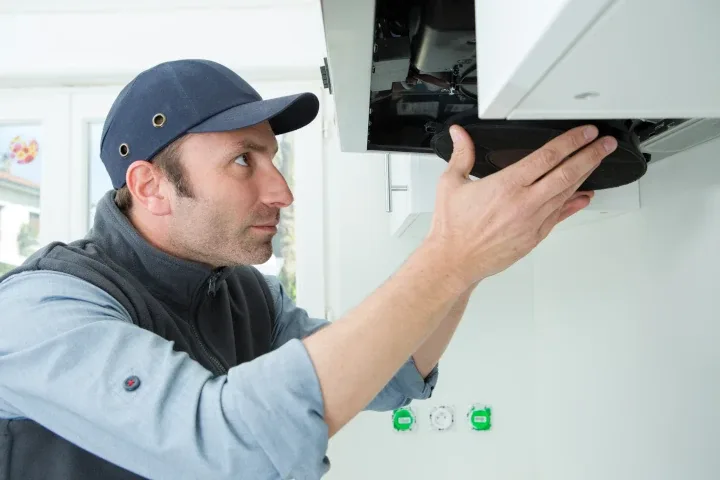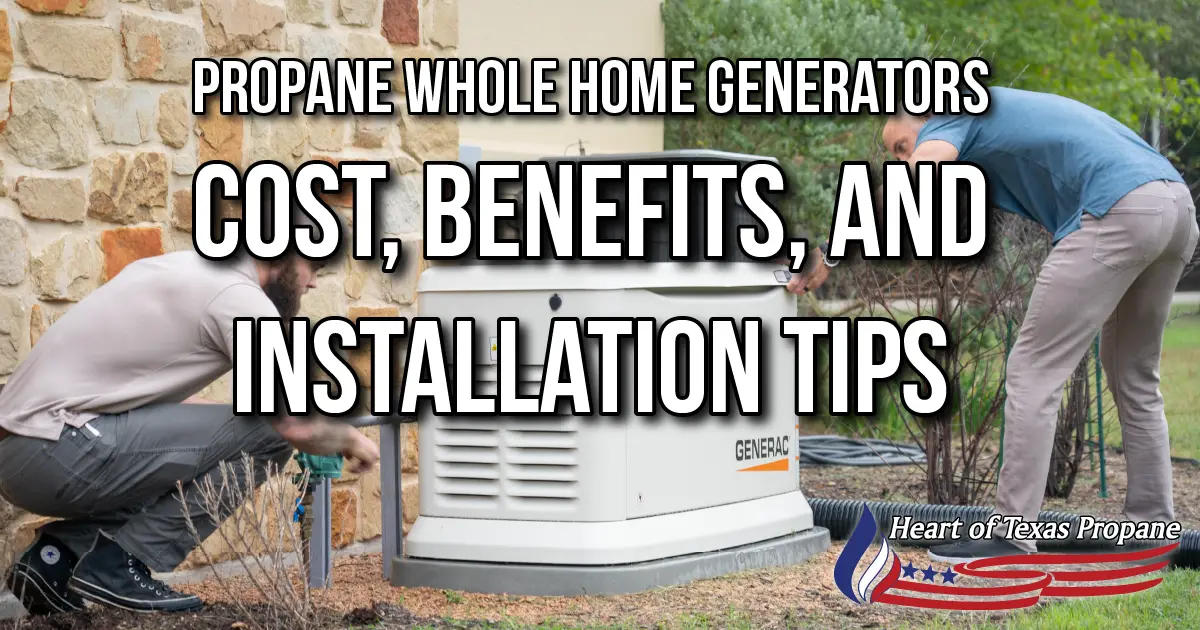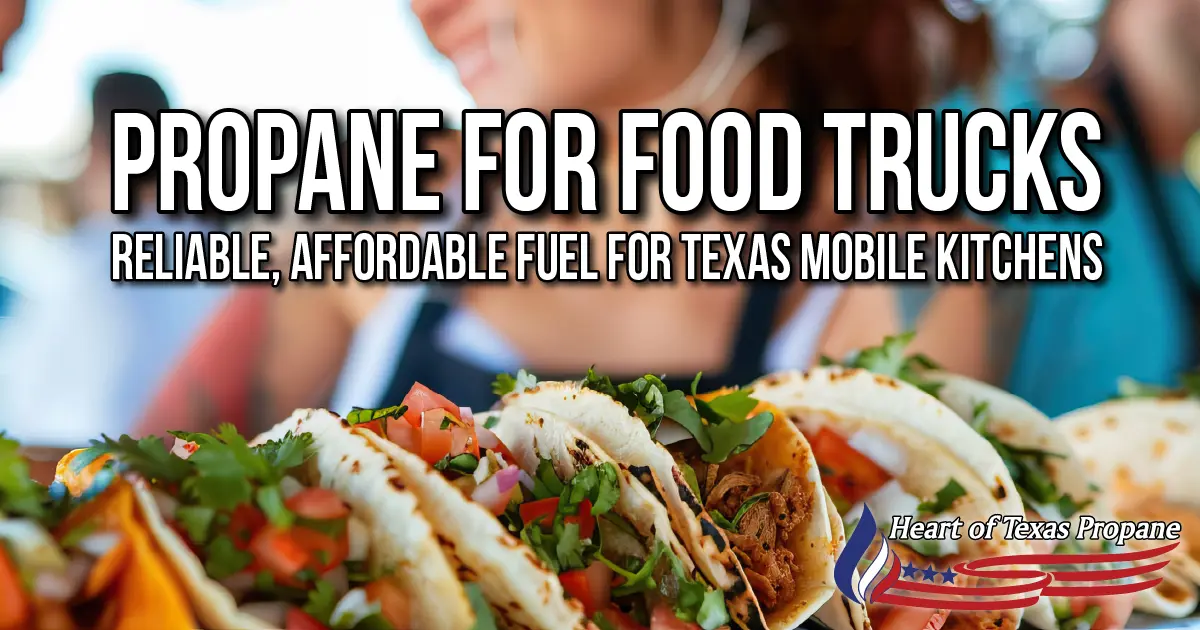The Truth About Gas Stoves and Indoor Air Quality
Misleading stories about gas stoves and indoor air quality often circulate in the news. However, understanding the facts is crucial for making informed decisions about your home's cooking appliances. This article dives into the latest research, highlights the importance of proper ventilation, and compares the safety and environmental impacts of gas and electric stoves.
Understanding the Facts
Recent research, including a major study published in 2024 by The Lancet and funded by the World Health Organization, found no association between using gas stoves for heating and cooking and the prevalence of asthma in children or adults. This contradicts some smaller studies, such as the Stanford study, which used a very small sample size and unrealistic cooking conditions. These conflicting results highlight the need for further review and a balanced perspective on the issue.
The Role of Cooking in Indoor Air Quality

It's essential to recognize that the act of cooking itself can reduce indoor air quality, regardless of whether you're using a gas or electric stove. Various factors contribute to this, including the type of food being cooked and the temperature at which cooking oils are heated.
Tips for Maintaining Indoor Air Quality:
- Ventilation is Key: Using a hood and even opening a window while cooking can significantly improve indoor air quality. Proper ventilation helps disperse pollutants and reduces the concentration of particulate matter in the air.
- Temperature Control: Heating cooking oils at the appropriate temperature not only enhances the flavor of your food but also aids in maintaining better air quality.
- Regular Maintenance: Engaging a qualified technician for the installation and regular servicing of your stove ensures safe operation and helps maintain optimal performance.
Comparing Gas and Electric Stoves
When evaluating the safety and environmental impacts of gas and electric stoves, it's important to consider several factors:
- Safety Concerns: According to a 2023 study by the National Fire Protection Association (NFPA), electric ranges are associated with higher rates of household fires, civilian injuries, and deaths compared to gas ranges. Specifically, electric ranges cause household fires at a rate 2.4 times greater than gas ranges and civilian injuries at a rate 3.6 times higher.
- Fire Damage Costs: The average fire-related financial loss per household is 3.2 times higher in homes with electric ranges compared to those with gas ranges.
- Environmental Impact: While emissions from generating electricity for electric stoves aren't released into homes, over 60% of the electrical power in the United States comes from burning natural gas or coal. This results in higher carbon emissions around power plants, contributing to the U.S. electric grid's carbon intensity of 130 gCO2eq/MJ, compared to propane's 79 gCO2eq/MJ.
Ensuring Safe Use of Appliances
Operating any home appliance, whether powered by electricity, natural gas, or propane, carries inherent risks. Adhering to common-sense safety measures can ensure their safe use. Here are some practical tips:
- Install and Maintain Properly: Make sure appliances are installed and serviced by qualified technicians.
- Use Ventilation: Always use a range hood or open windows when cooking to ventilate your kitchen.
- Monitor Cooking Temperatures: Avoid overheating oils and other cooking ingredients to reduce harmful emissions.
- Be Fire-Safety Conscious: Keep a fire extinguisher in the kitchen and know how to use it.
Conclusion
In conclusion, the debate over gas stoves and indoor air quality is complex and influenced by various factors, including the quality of ventilation, cooking practices, and regular appliance maintenance. By understanding the facts and following safety measures, you can make informed decisions about the appliances in your home and ensure a safer, healthier indoor environment.
For more detailed information, check out this video on indoor air quality and gas cooking.
More Fuel for Thought Blog Posts

Propane Whole Home Generators
Discover the benefits of propane whole home generators. Learn about costs, installation tips, and why they’re essential for Texas power outages.

Maximize Your Propane Before Winter Ends
Get the most out of your propane supply before winter ends with these 5 easy tips for efficiency, savings, and appliance maintenance.

Propane for Food Trucks
Food trucks in the Texas Hill Country rely on propane for cooking, heating, and refrigeration. Get reliable, affordable propane service today!









